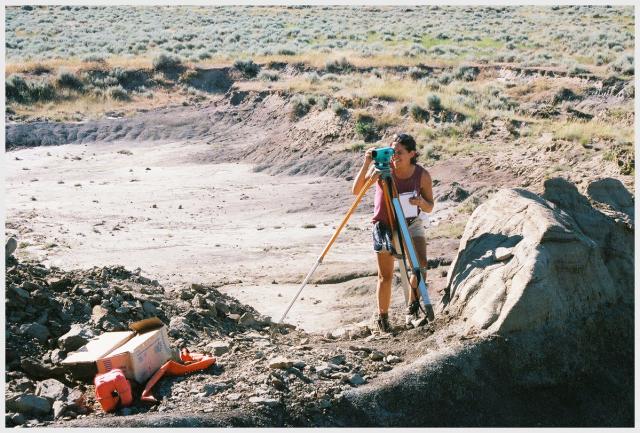 Dr. Eric Wilberg
Dr. Eric WilbergGraduate Program Director
eric.wilberg@stonybrook.edu
Health Sciences Center T8, Room 089, (631) 444-3730
A PhD in Anatomical Sciences
The Department of Anatomical Sciences, within the Health Sciences Center, offers a multidisciplinary graduate program leading to the PhD degree. Students receive comprehensive training to prepare them for teaching and research in the areas of evolutionary morphology, functional morphology, systematics, musculoskeletal biology, and vertebrate paleontology.
Graduate students are guided through a program of courses appropriate for their particular educational needs. In this regard, the Department of Anatomical Sciences interacts with other departments in the Renaissance School of Medicine as well as those in the Biological Sciences and the Anthropology Department. Faculty members of Anatomical Sciences play vital roles in both the university-wide Interdepartmental Doctoral Program in Anthropological Sciences and the Turkana Basin Institute.
Our graduate program focuses on the analysis and interpretation of gross vertebrate structure in relation to adaptation and systematics. Training and research emphasize:
- An evolutionary perspective in the analysis of morphology, including the influences of function, structure, and phylogenetic history.
- The structural adaptations of bone as load-bearing tissue, including the physiologic mechanisms of osteogenesis and osteolysis.
Both the locomotor and the craniodental systems are regions of current interest and investigation within the department. Emphasis is placed on the application of experimental and quantitative techniques to the analysis of the relationship between form and function. Studies of skeletal adaptations focus on a collaboration with the Department of Biomedical Engineering.
Questions of systematics are approached at many different levels ranging from alpha taxonomy to higher-order relationships utilizing modern phylogenetic techniques including cladistics and model-based approaches.
Students in our program have the opportunity to master a variety of research methods and analytical strategies, including:
- Electromyography, cineradiography, kinematics and kinetics
- In vivo bone strain measurement and finite element analysis
- Quantitative morphology, including scaling (allometry) and multivariate morphometrics
- Systematic methods, including biogeography, scanning electron microscopy and tandem-scanning, reflected-light microscopy, behavioral ecology, and principles of paleontological fieldwork

